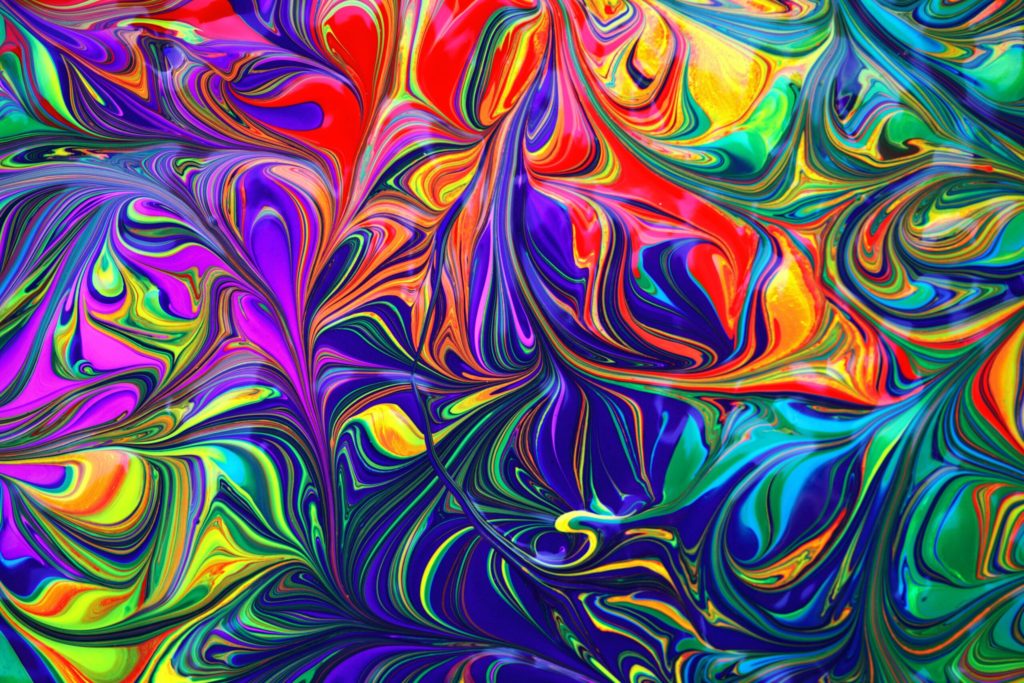Partner Content
By Signe Skarequist, JP/Politikens Hus & Simon Kvist Gaulshøj, Adnami
As digital consumption habits continue to change as a result of the pandemic and viewers spend more time on their devices, savvy marketers must consider alternative ways to reach consumers in a crowded digital environment. Eyeballs are disappearing from traditional branding/awareness channels such as print and OOH, while at the same time audiences are rapidly growing on digital platforms (Comscore). In light of this, brands must think of digital as a media channel that can deliver brand impact throughout the customer journey from awareness and interest to desire and action.
High Impact Display as a New Avenue for Brand Advertising
Brands are constantly fighting for the consumer’s attention in an increasingly crowded digital environment. Research companies such as Lumen Research have long documented how there is a direct connection between continuous consumer attention on brand content and advertising and the company’s bottom lines. Attention always wins! (if you remain sceptical, just ask Donald Trump).
While social platforms have been quick to develop innovative advertising opportunities, the display market is still playing catch up. The traditional display market has not been designed to build attention and drive long term brand impact. It has been created to deliver short term value measured in impressions and clicks. The metrics are gaming us to optimise for short term indicators of effectiveness, not necessarily genuine effectiveness. As a consequence, marketers have found alternative media strategies to build long term brand equity through upper funnel marketing activities.
However, recent innovation in the space of high impact display and the opportunities within creative marketing technologies have introduced a new and exciting toolbox for forward thinking marketers to take advantage of in their pursuit of attention and long term brand effectiveness.
The Long and the Short of It
“The IPA data suggests that the optimum balance of brand and activation expenditure is on average around 60:40, though this may vary by category and is driven by how category expenditure divides (typically 60:40): the objective is to achieve equal share of voice within brand and activation.”
We think most digital plans are still too short-term minded and the long term effect needs to be baked into the models of digital media planning. Even more so, as media consumption habits are changing, and those long term effects are perhaps getting more and more difficult to realise with last year’s media planning.
Marketers should avoid media planning based on previous advertising strategies and look at fresh, new ways to tell a richer story that engages consumers and drives long term brand impact. With more innovative formats like programmatic high impact advertising available, marketers can create premium ad experiences in quality, brand-safe environments that deliver great results.
Great Creative Drive Long term Effect
According to a study by Nielsen Institute, the creative execution contributes a whopping 56% of sales generated from digital advertising. Beyond doubt, high impact advertising is the most efficient form of digital advertising.
A Nielsen report went as far as to say: “Even the best media plan won’t save a campaign with poor creative.” But great ad experiences not only move brands, it is also beneficial for publishers and consumers. High impact ad formats do sell products but they also build brands by using arresting and eye-catching creative. Throughout the history of advertising and marketing – up until the point when digital technology came and dazzled us with its ingenuity – it was well known that creativity was the biggest driver of sales. Digital brand advertising enables much richer creatives so it should really be a default line item on every media plan.
Effective media planning in 2021 is going above and beyond the traditional advertising strategy to deliver more tangible results. It means shifting to more unique ad formats that will deliver ROI and create immersive brand experiences for consumers. Marketers will quickly notice that when the creative is weak, the sales lift is weak too. Where creative is strong however, incremental sales are higher and the contribution of media is much smaller.
Great Creatives Deserve a Great Canvas
The foundation of any memorable ad campaign is the creative so it’s imperative that marketers experiment with channels that create lasting impressions on consumers.
Integrating formats like high impact enables marketers to stand out and be more original with their brand messaging whilst creating engaging consumer experiences.
“No longer does advertising have to conform to the uninspired three-word call to action button. “
Times have moved on so planners need to keep up or risk getting left behind. Shifting to high impact formats means prioritising creatives and branding to develop stronger calls to actions that really engage consumers. Marketers must ignore the outdated notion that digital is unable to communicate complex messages. High impact advertising easily allows all types of messaging to be creatively delivered to drive those much-needed conversions.
So as marketers settle into a new year, they should have plenty of food for thought when it comes to rethinking their 2021 media plan. Ahead of executing an advertising strategy, marketers should seriously consider reallocating ad spend to high impact ad formats that enable richer creatives that deserve attention and convert consumers into customers.









